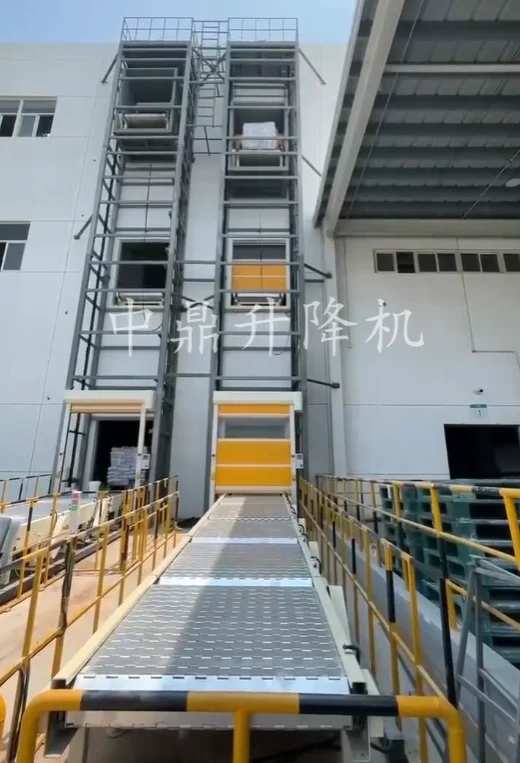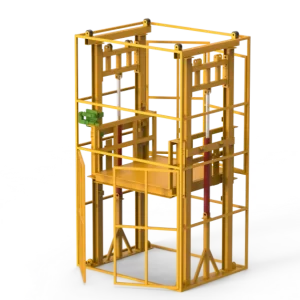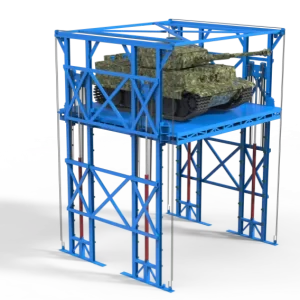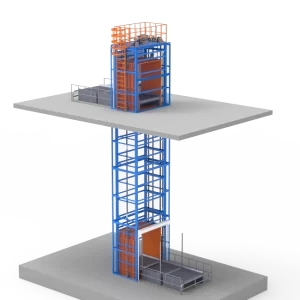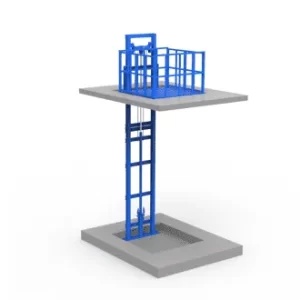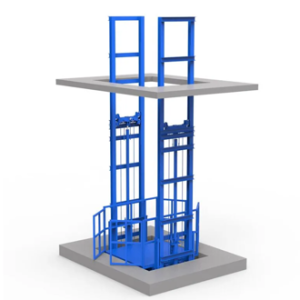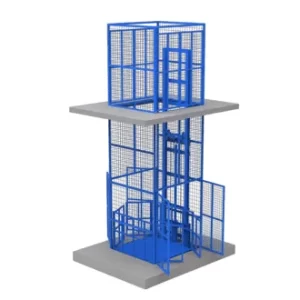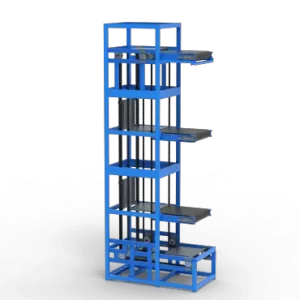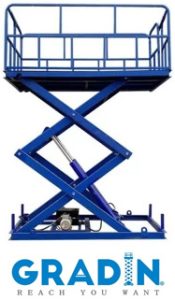CENTRE DE RESSOURCES > VIDÉOS
Outdoor Reciprocating Lift
AFFICHÉ : 24/11/2024
General Uses
Outdoor reciprocating lifts are widely used across various industries, primarily for:
- Construction Sites: Transporting building materials, equipment, and tools to enhance construction efficiency.
- Ports: Quickly lifting and transferring cargo during container loading and unloading operations.
- Warehousing and Logistics: Facilitating the upward and downward movement of materials in outdoor warehouses, optimizing storage management.
- Fabrication: Assisting in the movement of heavy machinery and components to support production processes.
Design Requirements
Résistance aux intempéries:
- Indice de protection: IP54 or higher (dust and water resistance).
Capacité de charge:
- Range: 500 kg to 2000 kg (1100 lbs to 4400 lbs), depending on application needs.
Caractéristiques de sécurité:
- Interrupteurs de fin de course: Automatic shut-off at highest and lowest positions.
- Protection contre les surcharges: Should activate at 10-20% above the rated capacity.
Facilité d'utilisation:
- Panneau de contrôle: Should have a user-friendly interface with emergency stop buttons and indicators.
- Portée de la télécommande: At least 30 meters (98 feet).
Maintenance Accessibility:
- Accessible Components: Key components (motors, belts) should be reachable within 1 meter (3.3 feet) from the ground for easy maintenance.
Efficiency:
- Vitesse de levage: Between 10 m/min to 20 m/min (33 ft/min to 66 ft/min).
- Cycle Time: Total lift and lower cycle should take no longer than 1-2 minutes.
Dimensions:
- Taille de la plate-forme: Minimum dimensions of 1.2 m x 1.2 m (4 ft x 4 ft) for adequate material handling.
- Height Adjustment Range: Typically adjustable from 2 m to 10 m (6.5 ft to 32.8 ft).
The outdoor reciprocating lift is a robust and efficient material handling device suitable for various outdoor environments. Its design requirements and working principles ensure safety and ease of operation, making it essential in industries such as construction and logistics.
THÈMES APPARENTÉS

